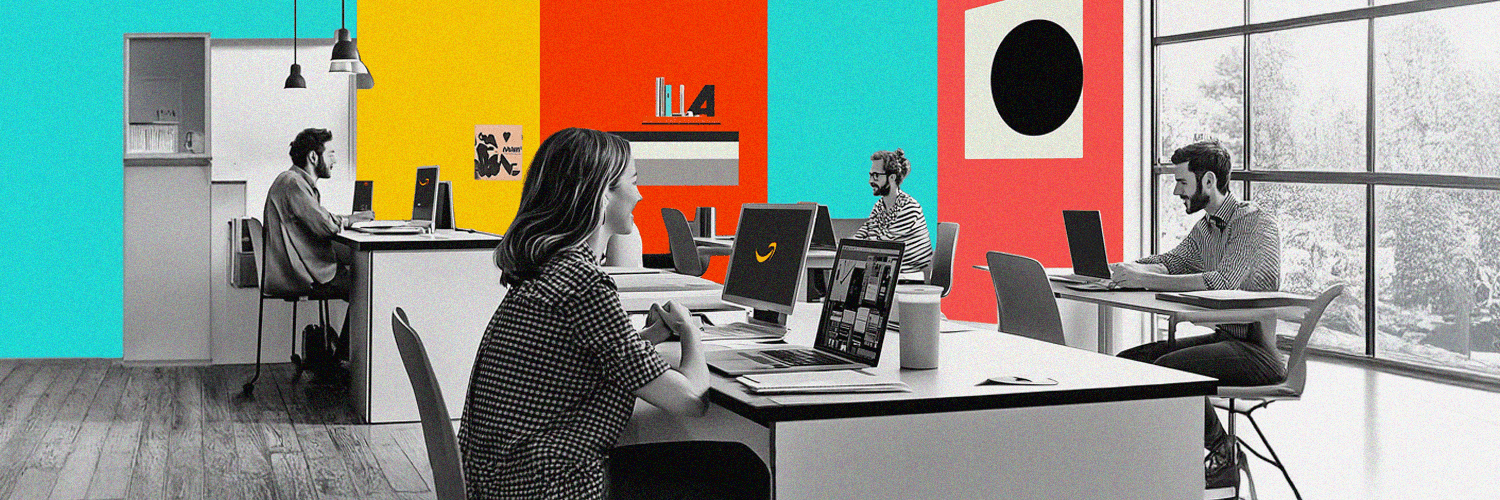Work is not a place you go - it’s a thing you do. Literally. Hybrid work, the hottest workplace trend for 2021, draws our attention from offices to collaboration.
Some companies have been organically evolving into the hybrid mode. Others, however, faced it as an inevitable reality rather than a choice, all because of the coronavirus pandemic and a consequent shift in work life paradigm.
When things don’t go as planned, risks and uncertainty appear. The same applies to hybrid work. Before it yields all the widely discussed benefits, it poses certain challenges every business should be aware of.
Cybersecurity
The coronavirus pandemic accelerated mass business infrastructure migration into the cloud, forcing 76% of companies (as reported by Radware to adopt cloud services faster than they had planned. A shift from established IT strategies to reactive actions increased organizational vulnerability to hackers and security gaps. Correspondingly, the FBI witnessed an upsurge in cyber crimes (from 1,000 to up to 4,0000 daily complaints) since the beginning of the pandemic.
But threats don’t only loom outside.
Using personal devices for remote work, downloading unsafe, malicious apps, connecting to public WiFi, or gaining unauthorized access to data are internal situations increasingly common in the hybrid workplace setup, and therefore requiring immediate attention.
In the recent report “Securing the Future of Hybrid Working”, security firm Tessian reveals that 58% of corporate IT leaders are planning to conduct more security training in order to get a greater visibility of employee IT habits (and a chance to reshape them). Striving to mitigate security risks, the same percentage of decision makers put an emphasis on multi-factor authentication. Other solutions involve updates (or renewal) of endpoint protection and VPN, as well as implementation of “Bring Your Own Device” (BYOD) policy - a transition from perimeter-based to device-based security system that would allow employees to connect personal gadgets to the company network.
Office optimization
As regular office attendance shrinks, the hybrid workplace model is expected to reduce operational costs, by bringing savings on rental, maintenance, office supplies, and other on-site perks such as daily fruits. That’s a long-term effect though, and companies who want to achieve it must invest in optimizing workspaces.
When it comes to reengineering worksites for hybrid teams, complexity is the main challenge. It starts with a deep dive to organizational priorities and answering questions such as what types of tasks and interactions cannot be conducted remotely. Then, businesses must think of physical arrangements: cutting off on office space or redesigning it? Lastly, the employee well-being must be taken into consideration. These questions build up into a tower, and only a handful of high-performing organizations can figure out how to deconstruct it fast. Others are likely to engage into a tiring trial and error process.
To minimize the frustration, we must look at the trends. According to Gensler, despite the obvious health and safety concerns, 71% of UK workers would like to get back to an open office. Interestingly, only 17% of them would be willing to share a desk with co-workers, making assigned seating the preferred workstation management policy. The hybrid model also means allocating less spaces for individual workers and expanding collaborative areas, as connection and socialization are the top reason why employees (56% of the UK workers) choose to be present at the office.
Complexity is best tackled one step at a time. We don’t recommend you to jump into the hybrid model by completely redesigning the office space. Instead, invest into a desk booking system to see if the global trends apply to your business. It will provide you a good overview of your employee habits and help to draw a well-informed office optimization strategy.
Company culture and inclusion
The hybrid work model might surface blind spots and barriers that make it difficult to connect with employees and support inclusive communication. Imagine that you had just concluded a video meeting with the hybrid team: both remote and co-located employees. When the conference call finished, someone thought of a great idea and spontaneously shared it with the counterparts in the meeting room. Instantly, this informal and undocumented conversation got the full team out of alignment. Unfortunately, in hybrid setups it happens all the time.
We must also ask who can be leaders of hybrid teams. Where does the management work - remote or in the office? How will the team lead success be measured, and how will they measure the success of their subordinates? As not everyone shares the same outlook on where the work has to be done, remote managers and employees risk jumping into the loop of constantly having to validate their work. In hybrid teams, strong biases which make us think that seeing is believing pose threats to the visibility and appreciation of remote workers.
MailerLite, an email marketing solution provider, has been working hybrid long before it was cool (or inevitable). To ensure inclusiveness, they organize meetings only when it’s necessary. And when they do need to meet, the in-office team does not gather in a conference room: everyone’s participating from their individual work spots to avoid a combined presence effect on remote colleagues.
Just as in this example, most of the company culture challenges require internal policy revisal. HRs can help recognize the new reality by redefining what it means to lead a hybrid workforce, retraining managers to adapt their leadership style, and establishing guidelines to which everyone can refer in case of confusion.
A successful hybrid workplace is a destination for a specific purpose rather than a default routine location. It is secure, provides spaces for collaboration, accentuates inclusion, and, given all the hard work to set it up, witnesses the maturity of your organization.











